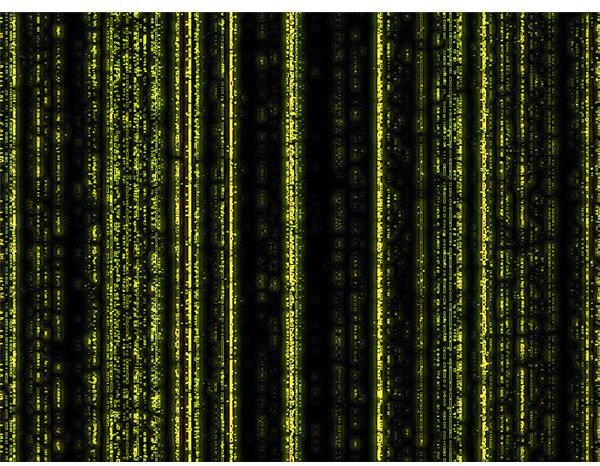Differences Between Past and Present Types of Data Encryption - How they Work and What is in Store for the Future of Encryption
About Data Encryption
Personal and sensitive information needs to be protected. Different types of data encryption have been used to help guard financial data, military strategies and private messages.
What is it? Encryption is a process that scrambles text or data into an illegible form that is difficult to read or decipher. After an encrypted message has been sent, the recipient unscrambles it by use of a custom cipher key specifically designed for it.
One of the earliest forms of encryption was the substitution cipher. Created by Julius Caesar, it simply switched the letters in his messages so enemies could not read it. All letters of the alphabet were replaced with a letter three places down the alphabet list.
The Data Encryption Standard (DES)
Up until 2002, the Data Encryption Standard (DES) was the method commonly used in the United States for financial applications and unclassified federal data. It was originally created by IBM in the 1970’s based off of an algorithm known as LUCIFER. DES works with two sets of inputs: text (also called plaintext) and a key. Using a mathematical algorithm, both the plaintext (in 64-bit blocks) and key (in 56-bit blocks) were rearranged by permutation and substitution functions. This procedure was repeated 16 times. This result created the “preoutput” which was then inversely permutated into its final form, an encrypted ciphertext and key. After the encrypted message was received, it was decoded back into plaintext with the key by reverse permutation and substitution.
The Advanced Encryption Standard (AES)
Since May 2002, the types of data encryption methods have changed. Advanced Encryption Standard (AES) is what is used in the United States for securing financial information and classified/unclassified federal data. Plaintext is now required to be in 128-bit blocks, with the keys utilizing 128-bit, 192-bit or 256-bit blocks. AES is based off an encryption cipher method called Rijndael, which was the creation of Belgium cryptographers Dr. Joan Daemen of Proton World International and Dr. Vincent Rijmen a postdoctoral researcher in the Electrical Engineering Department (ESAT) of Katholieke Universiteit Leuven.
How does it work? Combinations of 128,192 or 256 bit keys are used to encrypt plaintext data into blocks of 128 bits. Each 128-bit block is divided into four groups of 4 bytes. At this point, there are a few steps used to encrypt the data, which can be alternated in different order. The following procedures are repeated about nine times before the encrypted form is finalized and ready to be transmitted:
- The “Byte Sub” step replaces the bytes with an appropriate value from a look up table.
- The “Shift Row” step uses matrix multiplication to intermix all the bytes so they will be dependent on each other.
- The “Add Round Key” step uses a XOR (exclusive OR) method with the bit blocks along with a sub-key that equal in size.
The Future of Encryption – Quantum Cryptography
The field of cryptography is continuously evolving. What types of data encryption will be used in the future? Quantum cryptography is very promising for the creation of encrypted keys. With the use of photons, encrypted keys can be sent over optical fiber networks by using beams of light. Information is still sent by bits, but in a new quantum form called a “qubit.” A procedure called “quantum key distribution” (QKD) creates a key at the time of message transmission. The person sending the message transmits photons in a horizontal/vertical manner using a laser source over a quantum channel. At the same time, the recipient scans the photons with their own laser. As the receiver scans the photons obtained, his information is sent back to the sender. The sender then labels the qubit numbers that he has received, and creates a shared key. This created key can then be used with an AES or other encrypted message for safe and secure transmission.
If somehow the transmission was tampered with, the sender and receiver would be aware of it since the error rate increases significantly. Since photons cannot be copied or divided, quantum encrypted messages are virtually unbreakable.
Despite its positive outlook, quantum cryptography does have some potential problems. Atmospheric turbulence and solar/lunar photon interference are issues for scientists researching this technology.
